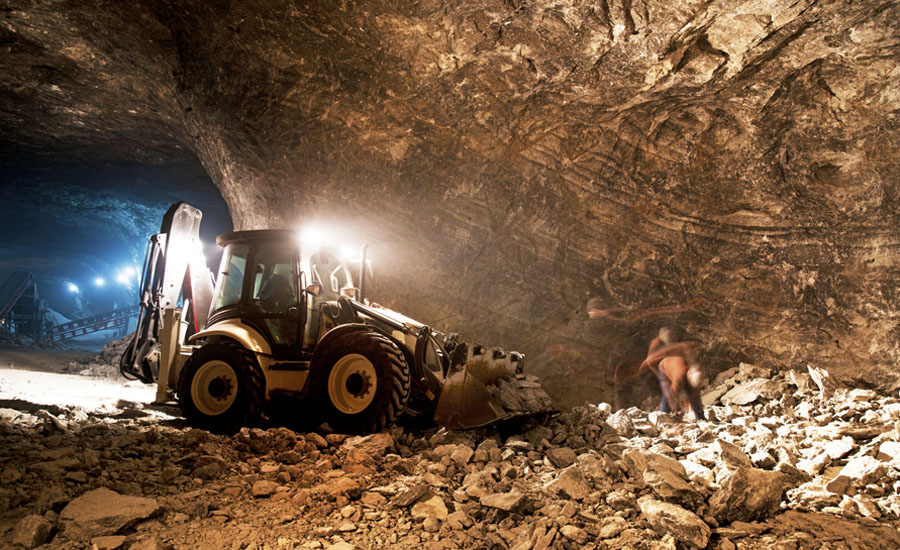In a recent ruling, the Federal Mine Safety and Health Review Commission overturned an administrative law judge’s decision that invalidated an enforcement action taken two years ago against a West Virginia coal mine operator. Using one of its toughest enforcement tools, the Mine Safety and Health Administration issued a pattern of violations notice to Brody Mining LLC of Wharton in October 2013. The mine operator challenged the issue of the notice and, last November, a judge invalidated the notice.
The ruling
The commission reversed the administrative law judge and ruled that the U.S. Secretary of Labor had adequately defined the term “pattern of violations.” The commission held that the judge erred by vacating the Secretary’s notice before taking any evidence, and it sent the case back to the judge to take evidence and apply the definition of “pattern of violations,” which the commission announced.
The Federal Mine Safety and Health Act of 1977 authorizes MSHA to issue a POV notice to mine operators who demonstrate a disregard for the health and safety of miners through a pattern of significant and substantial violations. The act requires mines that receive POV notices to be issued withdrawal orders – temporarily ceasing operations until the violation is abated – for all S&S violations.
Brody Mine No. 1 received 253 S&S violations during the 12-month review period that ended on Aug. 31, 2013. An MSHA audit of company records found that miners’ injuries resulted in 1,757 lost workdays at the mine, 367 of which stemmed from eight lost-time injuries that Brody Mining failed to report to MSHA. The company also was audited during the 2012 POV screening process. In that audit, MSHA found 29 injuries Brody Mining failed to report and 724 unreported lost workdays.
After issuance of the POV notice, Brody received several section 104(e) withdrawal orders. The company filed contests of these orders and an application seeking temporary relief from the POV notice and withdrawal orders. The application for temporary relief was denied, and Brody did not seek review of that decision.
Violations at company are down
Since receiving the POV notice, the mine operator has reduced its significant and substantial violation rate by 53 percent.
In 2010, MSHA launched a series of reforms of the POV process and, in January 2013, published a final rule.
Among the key provisions, the rule allows MSHA to issue a POV notice without first issuing a potential POV notice and eliminates the former requirement that MSHA consider only final orders in its POV review.
“The pattern of violations tool has been highly effective in reining in chronic violators since the 2010 reforms MSHA implemented and since the promulgation of our new regulation. This decision will help continue to protect miners from those who thumb their nose at mine safety laws,” said Joseph A. Main, assistant secretary of labor for mine safety and health. “This is a law that works,” he said.
The number of mines identified in annual screenings for POV actions dropped from 51 in 2010 to 1 in 2015, and the number of S&S violations issued to the top 200 mines dropped about 40 percent from 2010 through 2015. The 2010 reforms also significantly improved compliance and cut injury rates in half at mines subject to the POV process.


